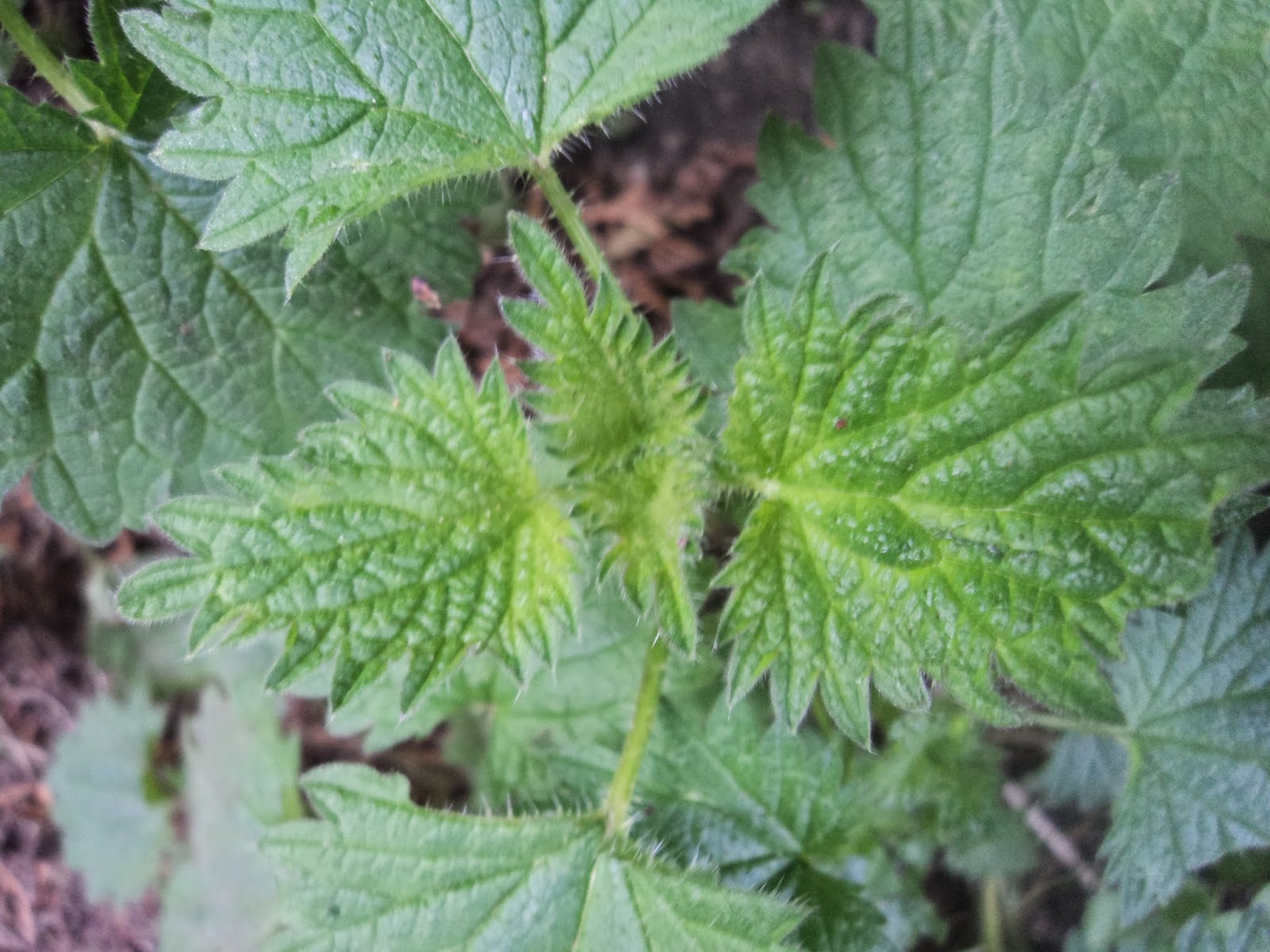I've found my opportunities to get out and about rather limited by the fact that my eldest son has had a stay in hospital where we are stuck in a Groundhog day situation of the local one he's in not being able to progress his diagnosis whilst we wait for a specialist London hospital to get it's butt in gear to help with the next stage.
This has therefore meant a lot of time spent in an 'NHS hotel' in CM20 so to break the monotony I have re-read various bushcraft magazines and books, taken some 'how to' pictures by his beside for some future blogs and got out into the grounds and local area to see what bushcrafty flora and fauna I could find. I've enclosed pictures of a selection of things seen.
Elder and Hawthorn Leaves ('Bread & Cheese').
On the tree front I've found elder, sweet chestnut, scots pine, larch, cherry, holly, silver birch, pendunculate oak, blackthorn wych elm, sycamore and hawthorn. The larch is of interest as it's showing its lovely understated red flowers at the moment and the silver birch has been harvested of all that messy flaking bark.
Lime buds and silver birch.
Sweet chestnut shells and larch in flower. The latter picture isn't actually from the hospital grounds as I couldn't get close enough to the larch flowers to get a good shot, it's actually a library picture from a Woodlife Trails course that I helped on not so long ago...or before the hospital saga started would be a more way of putting it!
Daisy and Chickweed.
Dandelion and Jack-By-The-Hedge.
There are lots more plants than trees to be seen in the area so rather than list all and sundry I decided to seek out edibles and medicinal plants that I could identify. There are also plants that I can narrow to down to a certain few but decided to leave out as I had no plant ID guides with me at the hospital.
Cleavers and Common Nettle.
Red Dead Nettle and Violet..
The list of bushcraft/ medicinalplants is: Plantain (all three common types), yarrow, red dead nettle, white dead nettle, cleavers, common nettle, gorse, speedwell, dock, bittercress, bramble, jack-by-the-hedge, voilet, dandelion, lesser celandine, shepherds purse, common mallow, daisy, chickweed, bristly ox-tongue, borage. I was particularly pleased to find the borage as that must have meant it was Pimms o'clock!
Lesser celandine plantain..
Gorse and Speedwell.
I've also found what I think is cow parsley, a well as several contenters from the family. I can tell that it isn't hemlock as it lacks any purple spots, 'mousy smell' and the lacy leaf. I've decided not to put a picture up as I'm not 100% sure. Same with the others...If in doubt, leave it out.
.
Yarrow and Bittercress.
Common Mallow and Borage.
Bramble and Dock.
There are plenty of birds flitting in and out of the trees and hedgerows and I've watched a blackbird heading for a similar place in some hawthorn hedge each time, I assume a nest is being build, sat on or indeed full. Another bird of note that I saw was a common buzzard overhead being mobbed by some gulls and that's something I've not seen before as I usually associate crows doing the mobbing. Gulls or crows it matters not, it's still pot, kettle, black as far as I'm concerned.
I've not had the time to zone in on many insects but there have been some butterflies (mainly peacock and brimstone) flitting about, as have bumble bees but the one thing I did see was a bee fly. this is one of my favourite insects and they are far from harmful, they just have a 'vicious' looking mouthparts and they are a fly rather than a bee.
























No comments:
Post a Comment